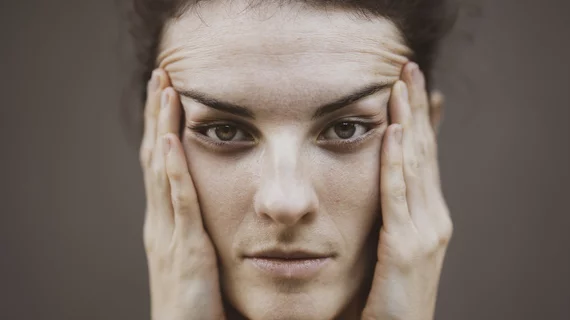Machine learning can deliver an objective appraisal of cosmetic surgery’s success at making aging faces appear younger and happier, according to Mayo Clinic researchers.
Plastic surgeon Thanapoom Boonipat, MD, and colleagues used commercially available expression-recognition software to gauge the apparent emotions of 52 patients who’d undergone browlifts.
This popular procedure is typically sought out by individuals concerned about eyebrows lowering over time, which can cause the face at rest to appear downcast, brooding or irked.
Before the procedures, the software labeled 13.06% of patients’ resting faces as angry.
After, the figure dropped to 5.42%.
Meanwhile happy readings bounced from 1.68% to 9.35% and sad fell from 13.06% to 5.42%.
In their study report, published Sept. 27 in Aesthetic Plastic Surgery, Boonipat and co-authors note the subjectivity of traditional means of assessing cosmetic or corrective facial procedures of all kinds.
Most facelift outcomes are “based on instinctive analysis of the aesthetic surgeon rather than on patient assessments, public opinions or other objective means,” they comment. “We employed an artificial intelligence system to objectively measure the impact of browlifts and associated rejuvenation procedures on the appearance of emotion while the patient is in repose.”
The present study, they conclude, “proposes a paradigm shift in the clinical evaluation of browlift and other facial aesthetic surgery, implementing an existing facial emotion recognition system to quantify changes in expression associated with facial surgery.”

